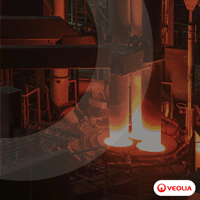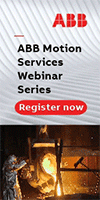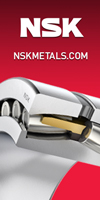ThyssenKrupp Steel and JFE Develop New Ultrahigh-Strength Steel
01/29/2008 - ThyssenKrupp Steel and JFE Steel jointly develop a new multiphase steel for automotive applications that combines high strength with good formability.
ThyssenKrupp Steel and JFE Steel Corp. have jointly developed a new multiphase steel for automotive applications.
Although the new alloy’s 780-MPa minimum strength is similar to that of previous advanced ultrahigh-strength steels from ThyssenKrupp Steel (CP-W 800) and JFE (NANO 780), it also features up to 40% higher elongation compared with conventional 780-MPa high-strength steel, providing significantly improved formability.
According to ThyssenKrupp Steel and JFE, the initial components that have been made with the new alloy confirm its advantages. The two companies have jointly filed a patent on the newly developed material, which is designated TP-N 68/78.
ThyssenKrupp Steel and JFE have been working together closely since 2002 under a cooperation agreement aimed at securing the global availability of high-performance steel materials for the automotive customers of both partners. Results so far include the definition of common specifications for high-strength automotive steels and the conclusion of a cross-licensing agreement for the steel grades CP (complex phase) from ThyssenKrupp Steel and NANO HITEN™ from JFE. Under the agreement, both companies can produce the other partner’s material.
ThyssenKrupp Steel and JFE have been working together closely since 2002 under a cooperation agreement aimed at securing the global availability of high-performance steel materials for the automotive customers of both partners. Results so far include the definition of common specifications for high-strength automotive steels and the conclusion of a cross-licensing agreement for the steel grades CP (complex phase) from ThyssenKrupp Steel and NANO HITEN™ from JFE. Under the agreement, both companies can produce the other partner’s material.
A bainitic-ferritic microstructure with embedded retained austenite plus nanometer-sized precipitations help to provide the newly developed 780-MPa high-strength steel with its high strength and good formability. During forming, the austenite content is transformed into hard martensite, so the steel does not reach its final strength until it is fabricated into the finished part. To achieve these specific properties, materials developers at ThyssenKrupp Steel and JFE developed a new alloying concept and as well as new temperature control methods that are used during hot rolling and cooling.
The newly developed steel is available as hot-rolled coil, or it can also be coated on request. Typical applications include crash-relevant automotive body structural parts. Further joint developments for such high-strength steels will follow.
The newly developed steel is available as hot-rolled coil, or it can also be coated on request. Typical applications include crash-relevant automotive body structural parts. Further joint developments for such high-strength steels will follow.


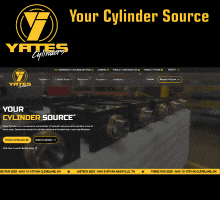
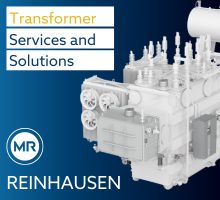.png?lang=en-US&ext=.png)
